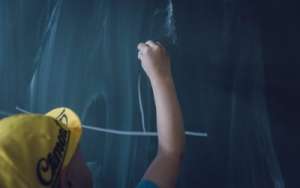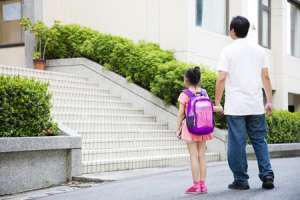
A safe educational environment is a top priority. Those children with special needs are particularly vulnerable to abuse or neglect while at school especially in places like playgrounds and bathrooms. An Individualized Educational Plan (IEP) is an effective, valuable, tool to help protect each student with special needs. The personal safety of your child can be addressed in part through an IEP document, based on your child’s unique needs and specific disabilities. Depending on your child’s situation the following are examples of possible safety accommodations and goals for an IEP;
- A buddy to help escort the child to the bathroom and remove any obstacles or hindrances
- Laminated color or picture cards to signal a need for assistance
- Pragmatic skills through speech therapy to address self-advocacy in requesting help, communicating needs, concerns, or mistreatment by peers or staff
- Adaptations for activities (as needed)
- Accommodation for transitions, i.e changing activities or locations in the school
- Bus safety; help safely getting to the classroom, to the bus, and home
- Identification bracelet with appropriate contact information in the event the child wanders from school or field trip grounds
- Adult facilitation on the playground for social issues regarding suspected bullying or gross motor skill difficulties
- Adult facilitation monitoring and support for concerns regarding self-injurious behaviors. Consider a behavior plan for addressing self-injurious behaviors.
- Behavior support plans



